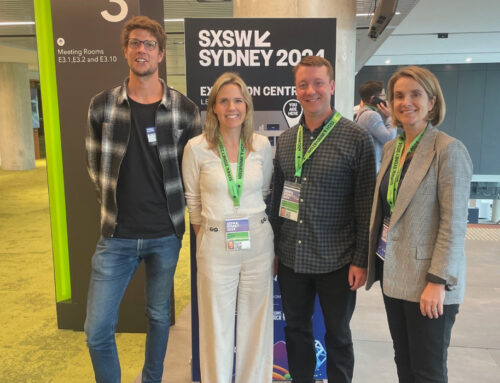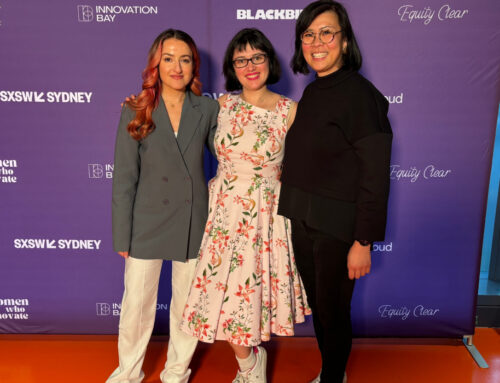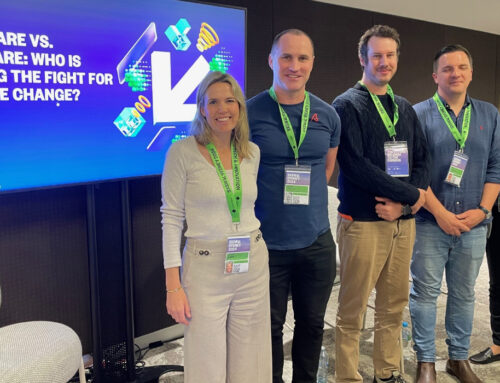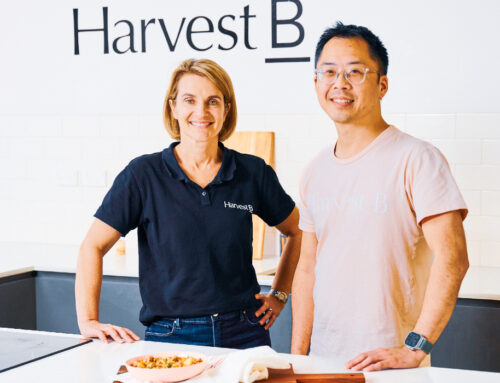The essence of a startup is to go from zero to one and cause change. Perhaps it’s a new widget, or a 10x better gadget, or a tool that makes your work greener. Whatever the business, you’re innately creating change and with that friction.
Change can be good, evolving is how we have achieved so much as a species. Without change there would be no Pyramids, no airplanes, no iphones, no Google and no Chat GPT.
Change is often scary, daunting and moreover uncomfortable. Whilst we can rationally accept change (with our mature prefrontal cortex) our ancestral amygdala brain resists and fears change.
Put simply, for change to occur, the benefit from the new product must be greater than the friction from making the change. Gleicher and Dannemiller even created a formula for this:
C = D x V x F > R
Read: Change occurs when: dissatisfaction with the present * the vision of what’s possible * first concrete steps for change are greater than the resistance.
Much of being a founder is learning to articulate the present problem and show how your vision solves it. What I want to focus on here is the final piece of the equation – the ease of which your solution can be adapted.
In today’s busy lives, scientists estimate that we make an alarming 35, 000 choices a day1. It’s no surprise that most of these are quick intuitive lazy options.
Making your product intuitive, or a seamless switch from an incumbent solution is a great way to use this laziness to your advantage. Good examples of frictionless strategies:
- Material swaps – want to reduce waste? The most frictionless solution is to change the material to be environmentally friendly. This requires the least user alterations and is one of the key reasons we love ULUU (turning seaweed into plastic). What’s hard is getting people to start a compost, sort their own rubbish etc. It needs to be automatic.
- Product swap – want people to switch to a healthier product, learn what they love about their existing products and ensure the transition is seamless. This is exactly what Conserving Beauty has done with their waterless skincare range – better choices, without compromising the look and feel of high-end beauty products.
- Reduce mental load – can your business automate a process? Airrobe is doing this by automating the cataloging of your products. It creates a seamless experience instead of the clunky incumbent one.
- Less clicks! More clicks or steps to adopt your product means more friction and a harder adoption curve.
- Intuitive UX – We love Abby‘s focus on intuitive UX. Rather than asking patients questions, it takes their natural language and uses that as an input.
The easiest assumption to make is people won’t change for your product. The least resistance comes from seamless UX that’s either identical to what the user knows, or simpler than their existing path. Keep it simple and design for lazy.







